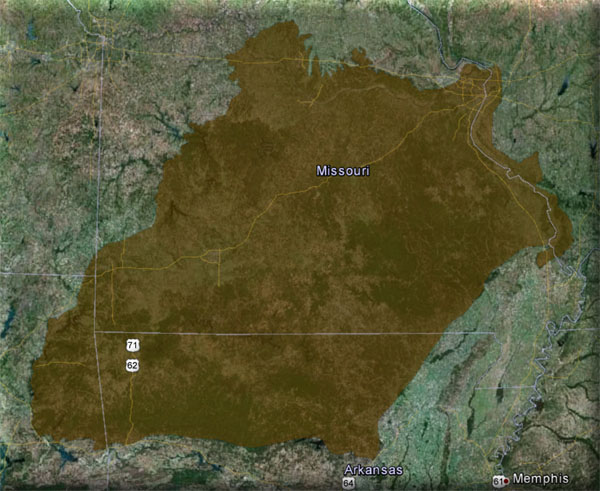
Objectives
- Gather abiotic data need to implement and to modify existing forest productivity models for selected sites in the Missouri Ozarks.
- Identify stands where observed productivity is lower than expected based on models, and work with partners to suggest remedies (e.g. for a given site type, replacement of one stand type with a more productive type).
The US Forest Service, the Missouri Department of Conservation, and other private and public land management agencies are interested in modeling forest productivity for the Missouri Ozarks. This ability is significant because many Ozark forests were historically shortleaf pine or mixed pine-oak, which are more productive given the same abiotic conditions versus the current oak-dominated vegetation types. MoRAP is working with ecosystem modelers with the USDA to implement a forest productivity model (BGC++). The required abiotic input data for the model runs were collected from multiple sources. The Mark Twain National Forest (MTNF) supplied forest stand polygon information. These data were invaluable because they served as the basic unit within which productivity measures were calculated. For results through spring of 2003, click on the Forestry InfoMart link below.
